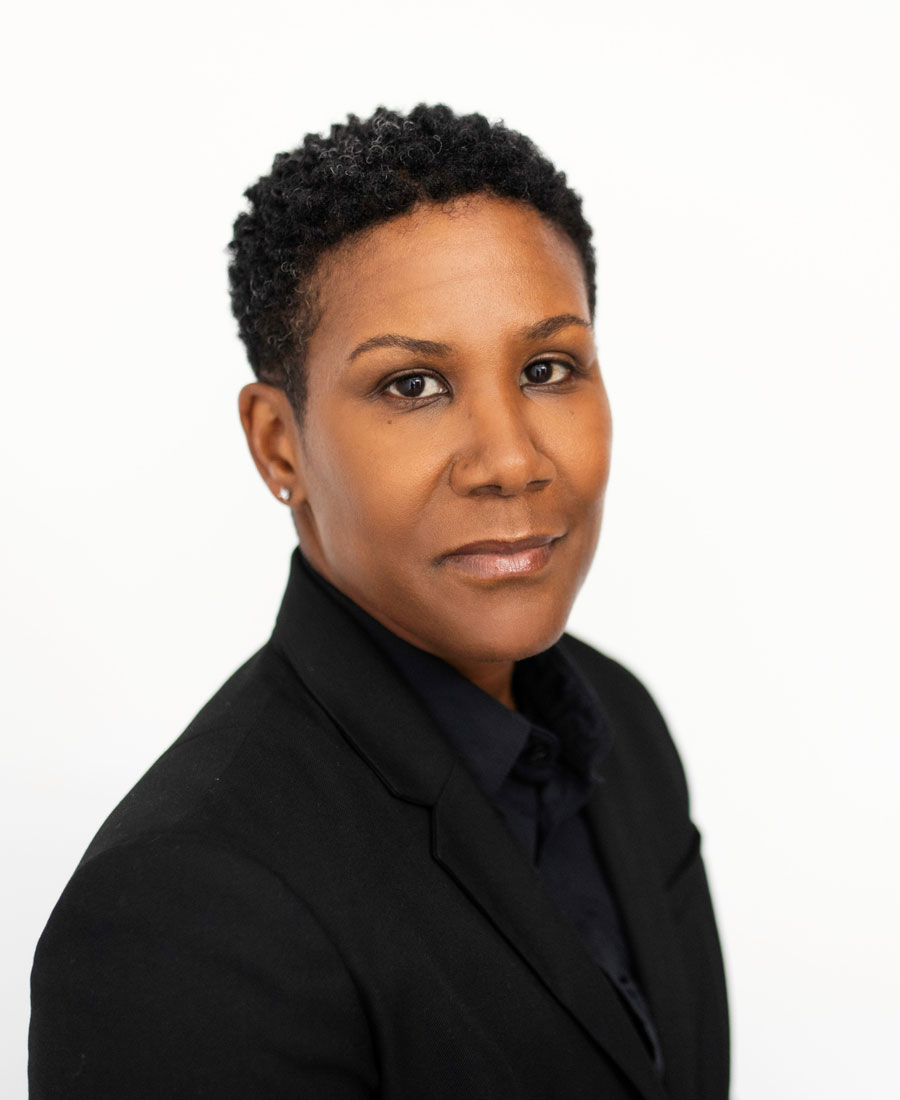
I came to the field of education as a career-changer, if you will. I was a journalist, I was an editor and a reporter. I was able to get my master’s degree in special education through an alternative certification program, in terms of people transitioning from careers into education, and really start teaching alongside of that. Actually, I was a paraprofessional at the time, then I was a special ed teacher, special ed administrator, so on and so forth. And so, I think for me, having been someone that really enjoyed being in the classroom, that really has been something that drives me, even to this day, in terms of really ensuring that our students receive the best, highest-quality supports possible. And really looking at and examining issues from a teacher’s lens or teacher’s perspective at times as well.
I transitioned to the Illinois State Board of Education after being a special ed administrator. I really enjoyed my role there as the state director — I had the opportunity to take a position that oversaw not only special education, but also multilingual students and early childhood as well. I think it was really fun to start to connect all the dots between those three groups of students and children. And so when the opportunity came to apply for the state director role here — the opportunity to lead the state of California in special education for me is really what I consider to be an opportunity of a lifetime.
It’s the largest state for supporting students with disabilities, and that opportunity to really make a huge or wide impact was something that attracted me. And of course, I love a professional challenge, and I knew that this is a tough job. I’m just so happy to be here.
It was a whirlwind, I tell you. It’s something that for me was just having to take it slow, be easy on myself, because not being able to meet my staff in person, not being able to go into an office and having to build relationships virtually was really, really challenging. But we make do with what we have. Another challenge with starting in the middle of a pandemic was really wrapping my head around all of the issues, and really getting the scope of California was a little difficult. And it took just a little bit more effort to build my own context for California, because it had to be all virtually.
But I will say that the community in California, the education community in particular, the special education community, has just been so welcoming and collaborative and just really just fantastic ever since I’ve come on board. So I feel very welcomed and have good supports in place to continue to transition.
For me, in terms of policy — certainly, at the state level, as an agency that is a policy-making body and entity — I really want to ensure that our policies, guidance, procedures, et cetera, have a positive impact on our classrooms and our students. In developing guidance or policies, first and foremost, I ask, “Is this burdensome to implement? Is it adding additional requirements?” So really for me, it is looking at the implementation part of it and really determining if it will it actually help address whatever the policy is.
It’s important for me to do that regularly, to just sort of calibrate. And any chance that I get to actually talk to special education teachers, I do, because it really helps inform me in terms of policy, in terms of what’s bubbling up for them. I think between my experience and reflecting back on what I found helpful, and then dialoguing with teachers across the state about what they feel is helpful and what’s burdensome and what doesn’t work — it really helps us here at the state level.

I mean, there’s the immediate challenge of the impacts of COVID-19 and knowing that, for the most part, students will be returning in full force in the fall. And so, one of the biggest challenges in special education right now is ensuring that students have, 1) timely assessments and 2) timely IEPs [Individualized Education Program] to make sure that their academic programming matches their strengths and their areas of need. So certainly addressing the complications that sort of stem from that.
I think one of the other biggest challenges in special education is really addressing some of the gaps. Whether it’s academic, because students with disabilities have historically lagged behind non-disabled peers. We also need to ensure we have a healthy pipeline of educators. We have teacher shortages and so we have related service provider shortages. I think just the pandemic and its impact has really been challenging over time to navigate.
What’s interesting is that sort-of inner workings of state agencies are very, very similar across states, and I think the issues are often very similar. Teacher shortages are a national issue. Outcomes for students with disabilities are a national issue. So, I think there are very similar issues that Illinois and California and quite frankly, a lot of states are also addressing. I think what’s different and what really stands out for California is just the scope of the state. It’s just much larger, which intensifies some of the issues.
Prior to me even coming on board, when the pandemic started, CDE, in particular the special education division, put out guidance and posted webinars. Aside from that, what I’m really proud of and happy about is that our statewide system of support, and within that our SELPA [Special Education Local Plan Area] Improvement Leads and our SELPA Content Leads, really took the ball as partners with CDE, ran down the field and provided vital resources and support to our teachers and our students out in our school communities. Our SELPA Improvement Leads and Content Leads produced everything from monthly webinars, trainings, resources, book studies to national speakers talking. There’s always something that teachers can hook into that’s related to distance learning and addressing the needs of students there.
And we calibrate along the way and make adjustments, but they really did an excellent job of pivoting to move all their content online, but then also tailor that content to the unique needs that distance learning presented. So, I think that that work continues and is ongoing. I just had a conversation last week with our leads on return to school and what’s in store in terms of programming to support teachers and our students in our school communities for the fall as well. All those activities are either posted on our superintendent’s weekly update or pushed out through our list serves.
I just talked about this this morning as well with another group about compensatory ed, extended school year, extended school year services, and our Expanded Learning Opportunities funds for learning recovery. We really need to make sure that our school communities are clear on the purpose, the goal, and how to navigate decision-making. The division will absolutely be providing guidance, particularly prior to the summer. Looking at compensatory education — for us, it’s important to ensure that these decisions are driven by teams. IEP teams are determined. So we’ll make sure that the guidance is very clear and provides some help because I think it’s daunting to think about a student who’s been in distance learning for over a year now and trying to figure out where’s the student at and determining that compensatory ed conversation. So, absolutely we’ll be doing that as well.
Special education is fundamentally a social justice issue — issues of equity and of access and empowerment. For me, all of these things are embedded throughout special education. We’re in a unique time in our country to surface some of these systemic issues that are impacting our students, and really address some of the systemic barriers that have impacted them over time. This is something that I’m really interested in and engaged in on a national level — the intersection of equity and race and social justice within special education.
And even beyond special education as well, just in terms of broader disability rights, in terms of really wanting our society to continue to make progress on our attitudes, philosophies and beliefs about people with disabilities. This is something that I carry with me, think about when I talk about policy or am making decisions, knowing that there have been social justice issues and equity issues in special education for a very, very, very long time.
This interview has been edited for length and clarity.